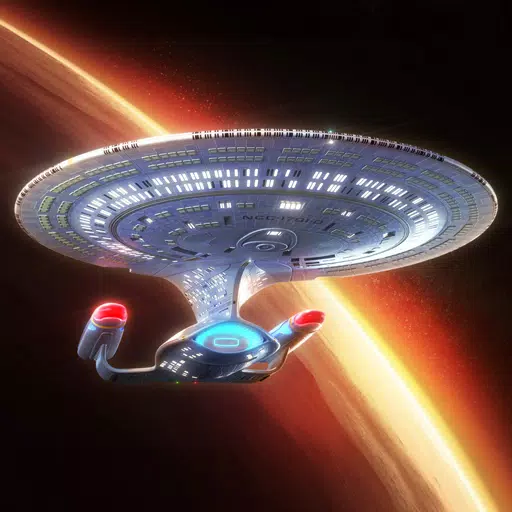When shopping for a gaming PC, you face several options. You might opt for a mass-produced prebuilt system from brands like Alienware, or splurge on a high-end boutique build from the likes of Maingear or Falcon Northwest. The Origin Millennium, however, strikes a balance between these extremes. It's a top-tier gaming system without the flamboyant design elements you might find in more niche offerings.
The Origin Millennium is a custom-ordered gaming rig with standard components. While it's a system you could build yourself, it spares you the hassle of cable management and assembly. Be prepared, though; it might come in a large wooden crate that could be a challenge to transport, as I experienced firsthand.
Purchasing Guide
The Origin Millennium starts at $2,788, but this entry-level model comes with an Intel Core i5-14600K and no dedicated graphics card, making it less than ideal for the price. Fortunately, you can tailor the system to your needs on Origin's website, choosing from a wide range of components. Just remember, the more powerful the configuration, the higher the cost.
Origin Millennium – Photos
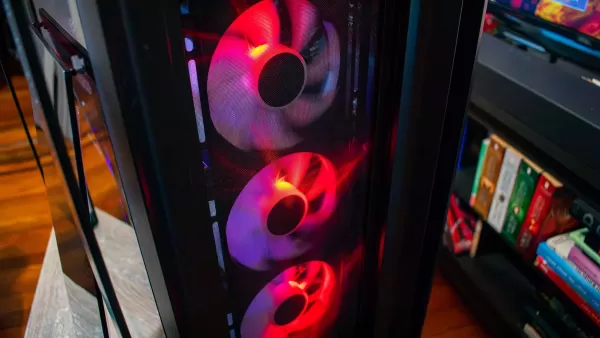
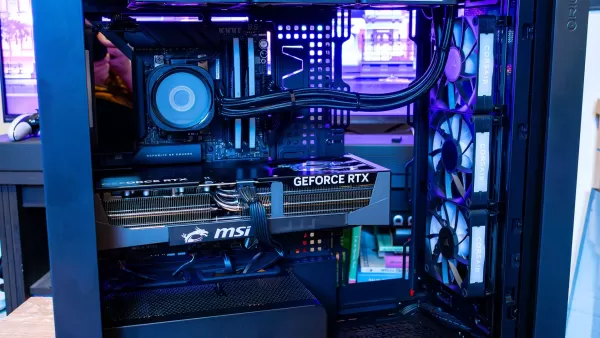 View 8 Images
View 8 Images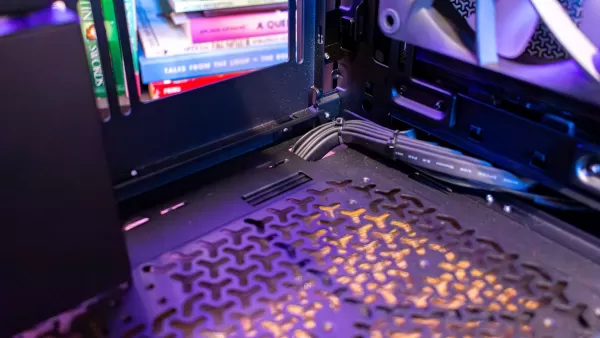

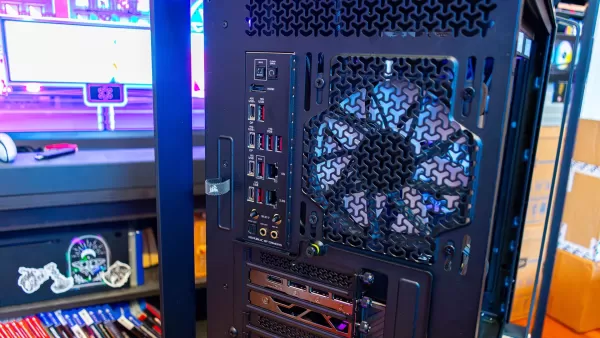
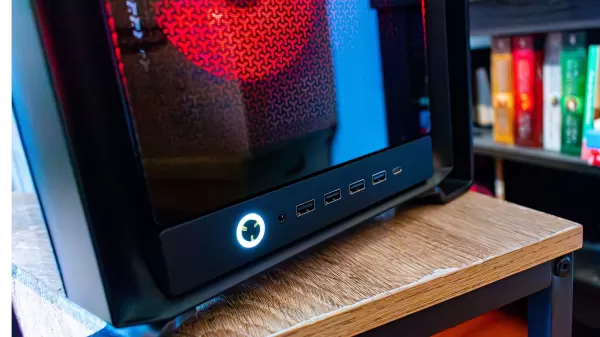
Design and Features
The Origin Millennium is a substantial machine, housed in a full-tower ATX case. Its imposing presence is accentuated by steel bars on all four corners, which add to the case's 33-pound weight before any components are installed. The addition of heavy-duty parts like the MSI RTX 5090 Gaming Trio, a robust power supply, and a 360mm AIO cooling system makes it even heavier. The wooden crate it ships in only adds to the challenge of transporting it, especially to a third-floor apartment.
The steel bars, while adding to the aesthetic, complicate access to the system. The configuration I received is powerful enough to last for years, but you'll need to open it occasionally for maintenance. The metal bar on the back left corner can obstruct the removal of the glass side panel, making it a bit of a struggle to access the internals. Although the bars can be removed with allen bolts, it's an extra step that shouldn't be necessary for a gaming PC of this caliber.
Once inside, the spacious interior is a delight. Even with a 14-inch graphics card, there's ample room for excellent airflow. Origin excels in cable management, routing all cables behind the motherboard tray and through grommets, ensuring a clean and tidy build. However, an unusual decision was made to route the wires for the front panel and fans underneath the case, creating a large bundle of wires outside the system. While this hides the cables, it raises concerns about potential damage if they snag on something.
You can customize the front ports and power button placement to either the top or bottom of the case. My review unit had them mounted on the bottom, ideal for desk setups, but the option for top mounting is great for those who plan to place the PC on the floor or in a living room. The front panel offers four USB-A and one USB-C port, with even more ports available at the back. The Asus ROG Crosshair X870E Hero motherboard provides four USB-C ports, six USB-A ports, two Ethernet ports, and an HDMI port for onboard graphics. The RTX 5090 also includes three DisplayPort and one HDMI, which is typical for Blackwell GPUs.
All in the Configuration
While the configuration I reviewed is top-notch, it's likely overkill for most users. Origin PC allows you to customize your system to your exact specifications. You could opt for the $7,241 high-end configuration, which would last for years, but a more budget-friendly option might be a setup with an AMD Ryzen 5 9600X, 32GB of RAM, and an AMD Radeon RX 9070 XT, priced at $3,392. This configuration still supports 4K gaming but at a more affordable cost.
Building this mid-range version yourself would cost around $2,397, meaning you're paying about $1,000 for Origin's assembly service. For the high-end configuration, off-the-shelf parts would come to about $6,506 on PCPartPicker. The premium for Origin's build service includes a standard one-year warranty and lifetime support, allowing for free customer service and upgrades (with the cost of new parts). The unique wooden crate shipping method, while heavy and costly, offers unparalleled protection during transit.
Whether the additional cost is justified depends on your comfort level with building and maintaining a PC, as well as your willingness to invest time in the process. Origin's cable management is a significant advantage.
Performance
The Origin Millennium I tested, equipped with an Nvidia GeForce RTX 5090, an AMD Ryzen 7 9800X3D, and 64GB of RAM, is a powerhouse. At 4K resolution, nearly every game exceeded 100 fps without frame generation. Only two games fell short: Assassin's Creed Shadows at 75 fps and Metro Exodus at 97 fps. The latter's performance is expected due to its ray-traced workload, tested without upscaling.
For Assassin's Creed Shadows, the 75 fps baseline is more than playable, and enabling frame generation can boost the frame rate to 132 fps, albeit with increased latency from 33ms to 42ms. This latency increase is noticeable but not significant for most players, especially in single-player games.
Cyberpunk 2077 also demonstrated impressive performance. With the Ray Tracing Ultra preset and DLSS in performance mode, the Millennium achieved 127 fps with 23ms latency without frame generation. Enabling 4x Multi-Frame Generation pushed the frame rate to 373 fps, with latency rising to 28ms, which is beyond what most monitors can display.
Even without frame generation, the 127 fps in Cyberpunk 2077 is remarkable. This configuration ensures you won't need to compromise on image quality for any current game, even the most demanding ones without frame generation.










